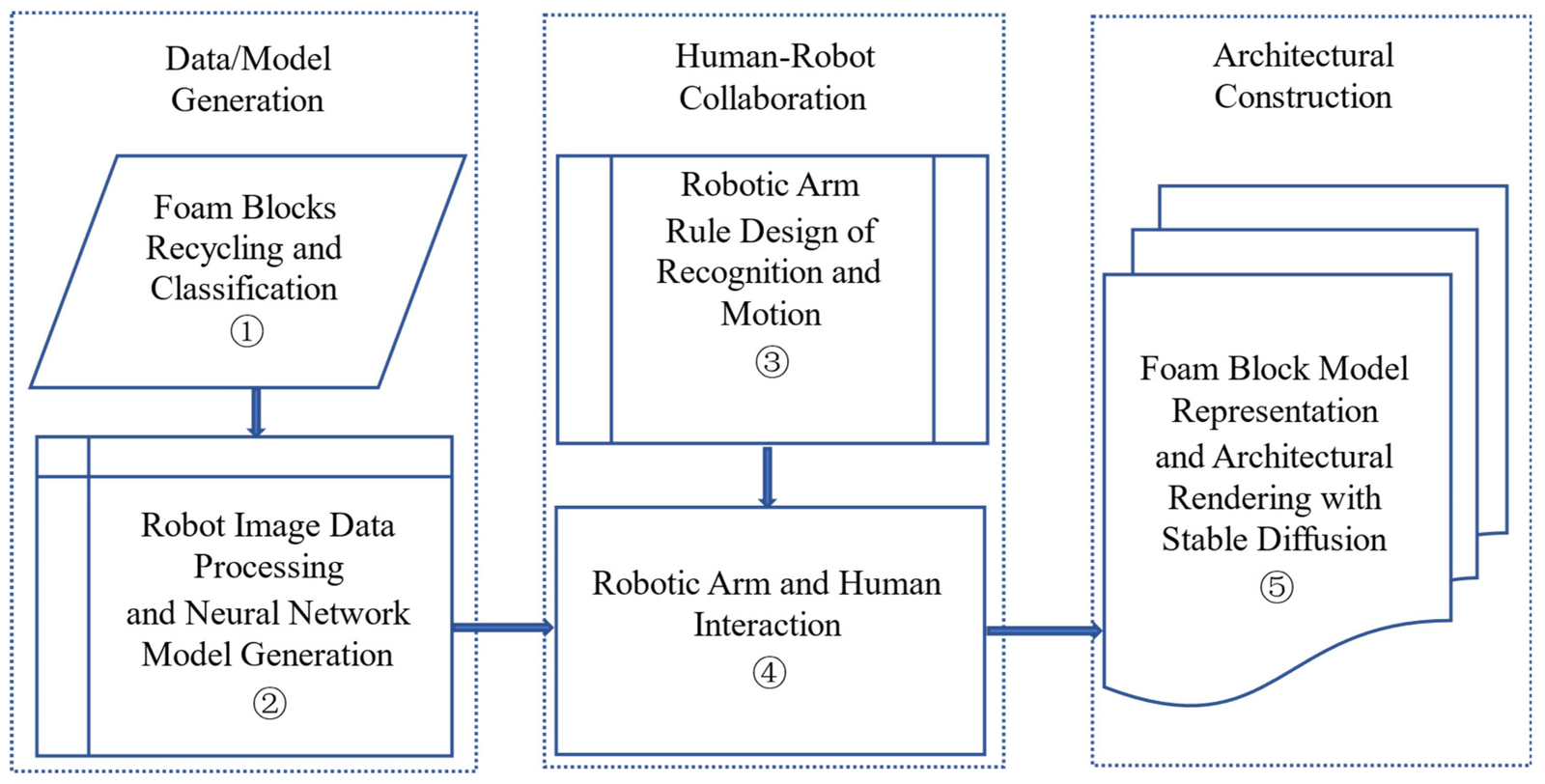Modern manufacturing demands efficiency, accuracy, and sustainability. Precision crafting methods have transformed how industries produce goods, combining cutting-edge technology with meticulous craftsmanship. Whether you’re assembling high-tech machinery, designing intricate components, or specializing in metal fabrication in Salt Lake City, precision crafting ensures consistent quality while optimizing production.
This blog will walk you through the benefits of precision crafting, popular techniques, and practical tips to maximize your process efficiency.
Why Precision Crafting Matters
Precision crafting involves using exacting techniques to create high-quality parts and products with little to no variance. Here’s why it has become a game-changer across industries:
Quality and Accuracy
Precision crafting leaves no room for error. By leveraging advanced tools and CAM (Computer-Aided Manufacturing) software, manufacturers can create components that meet exact specifications every time. For industries such as aerospace and medical devices, where tolerances are incredibly tight, precision is non-negotiable.
Cost Savings
While initial investments in precision tools and machinery might be significant, the long-term savings are evident. Less waste, fewer reworks, and enhanced efficiency translate into reduced costs. Businesses offering metal fabrication in Salt Lake City, for example, rely on these strategies to deliver exceptional quality while staying competitive.
Sustainability
Precision crafting minimizes material usage, making the process eco-friendly. With reduced waste and optimized processes, this approach aligns with global efforts toward sustainable production.
Versatility
From automotive components to intricate jewelry, precision crafting techniques adapt seamlessly across industries. This versatility ensures businesses can cater to various needs without overhauling processes.
Popular Precision Crafting Methods
Precision crafting is backed by advanced techniques and technologies. Here are some key methods driving efficiency across sectors.
CNC Machining
CNC (Computer Numerical Control) machining is a staple of precision manufacturing. It uses computerized controls and specialized tools to produce components with exceptional accuracy. CNC machines can handle complex designs, allowing manufacturers to produce intricate shapes and patterns efficiently.
Advantages of CNC Machining
- High repeatability for consistent output
- Works with various materials (metals, plastics, composites)
- Faster production times compared to traditional methods
Laser Cutting
Laser cutting provides a level of precision that traditional cutting tools can’t achieve. This method involves focusing a high-powered laser beam to cut or engrave materials. Laser cutting is particularly popular in industries requiring intricate designs, such as signage or decorative arts.
Key Benefits
- Clean and precise cuts with minimal material wastage
- Suitable for a variety of materials, from metals to acrylics
- Faster setup and production time
3D Printing (Additive Manufacturing)
3D printing has gained immense popularity as a precision crafting method. By layering material to build objects, it eliminates the need for traditional molds and reduces material wastage.
Why Choose 3D Printing?
- Ideal for prototyping and small batch production
- Ability to create complex geometries not possible with traditional methods
- Minimal waste generation
Waterjet Cutting
Waterjet cutting uses high-pressure water mixed with abrasive substances to cut materials with precision. It’s particularly effective for cutting thick or heat-sensitive materials like glass or stone.
Benefits of Waterjet Cutting
- No heat-affected zones, preserving material properties
- Environmentally friendly as it uses water and non-toxic abrasives
- Can cut a wide range of materials, including very thick ones
Practical Tips to Maximize Output with Precision Crafting
Precision crafting isn’t just about technology; it’s also about best practices to optimize your process. Here are some actionable steps to enhance your output.
Invest in High-Quality Tools and Machines
Precision relies heavily on the tools you use. Invest in machinery with advanced features like automated controls, high-speed capabilities, and minimal maintenance requirements. Choose tools tailored to your industry, whether you specialize in aviation parts or metal fabrication in Salt Lake City.
Train Your Team
Even the most advanced machines require skilled operators. Regularly train your team in the latest techniques, tools, and software to ensure optimal use of your equipment.
Regular Maintenance
To keep your equipment in top condition, establish a robust maintenance schedule. Properly maintained machines last longer and deliver superior performance.
Optimize Workflow
Analyze your production processes to identify bottlenecks. Streamline workflows by rearranging workspace layouts, automating repetitive tasks, or reconfiguring production lines for maximum efficiency.
Monitor and Adapt
Stay on top of data to measure the efficiency and accuracy of your processes. Actively monitor KPIs (Key Performance Indicators), such as defect rates and production timelines, and be prepared to adapt your methods as needed.
The Future of Precision Crafting
Precision crafting is not just a trend; it’s the future of manufacturing. With continuous advancements in AI, robotics, and automation, precision methods will only grow more refined, reliable, and accessible. These innovations promise to empower businesses with greater productivity, tighter tolerances, and enhanced sustainability efforts.
For companies invested in metal fabrication in Salt Lake City or elsewhere, staying ahead means not just adopting precision crafting but continuously evolving alongside new technologies.
Transform Your Production Today
Transforming your production with precision crafting doesn’t need to be daunting. With the right tools, methods, and team, your business can achieve unparalleled efficiency and quality.
Want to learn even more about how precision crafting can elevate your manufacturing processes? Stay ahead of the curve by following our blog or reaching out to industry experts who can guide your next steps.










